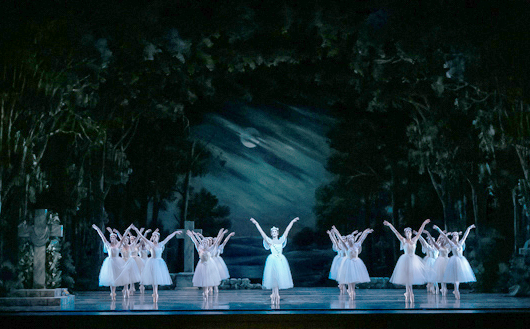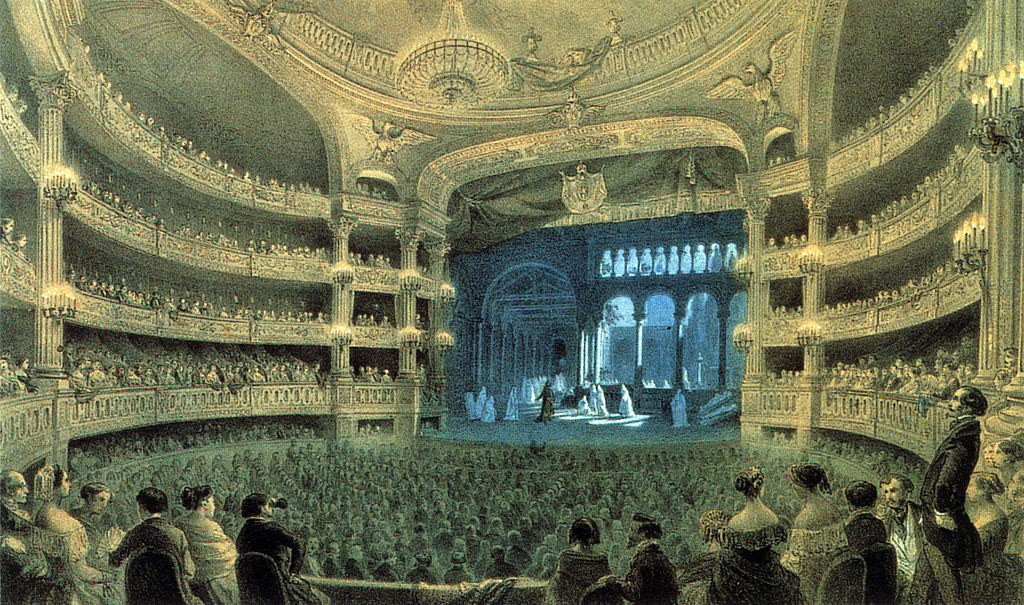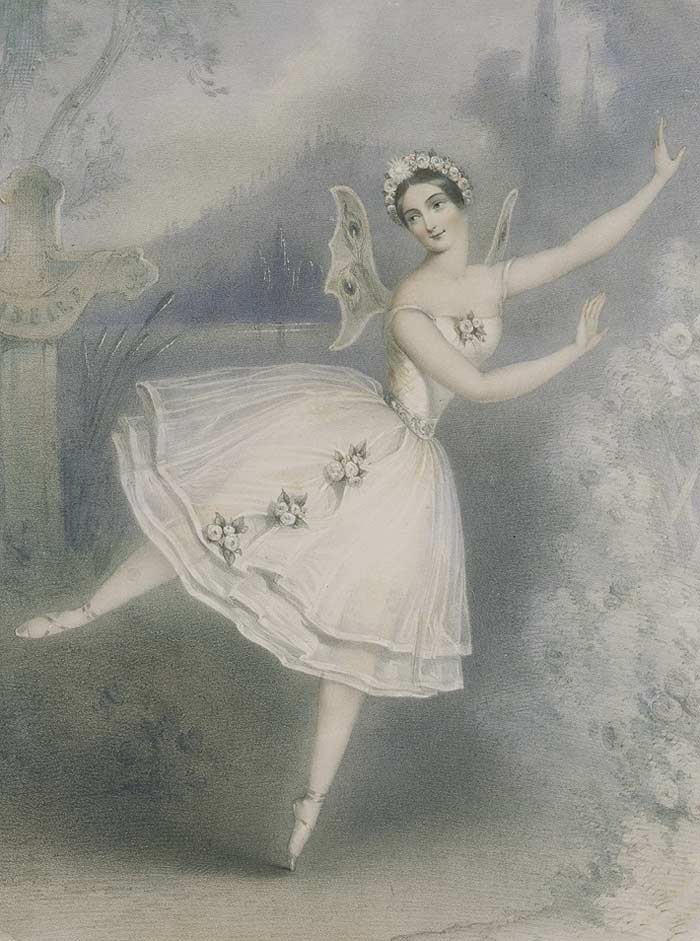This lovely book was sent to us by Anne Dunkin (the author) for review, and it’s easy to recommend. Dunkin has assembled a very interesting resource that would serve as a great tool for those teaching middle school, or even to have on hand at a dance studio library. It’s also a good read, just to add to your own personal knowledge of dance. It tells the stories of 12 dancers (6 male and 6 female) from various parts of the world, focusing on their childhoods and rise to prominence as a dancer.
Many different places are represented, including Mexico, Japan, India, Africa, and the United States. Every chapter begins with the dancer’s background, and outlines their journey to becoming a dancer. The information is coupled with black and white photographs, as well as a “Create A Dance” section at the end of the chapter, which is designed to give children a feel for the type of movement that particular dancer was known for. The dancers that are included in this book span a variety of different genres, ranging from ballet to Bharata Natyam, to Modern dance. There is even a little map in the beginning that shows where each dancer was from for reference.
This unique and interesting approach makes the book an especially good resource for teachers, since material of this nature is often difficult to find. The chapters lend themselves to either being used in their entirety, or as rich material to add to a lecture. The dancers that are covered here include:
- Louis XIV
- John Durang
- Marie Taglioni
- William Henry “Juba” Lane
- Anna Pavlova
- Rudolph Laban
- Doris Humphrey
- Michio Ito
- Mrinalini Sarabhai
- Pearl Primus
- Amalia Hernandez
- Arthur Mitchell
I’ve been in the field for over 40 years, and I learned quite a bit from reading this book myself. Don’t hesitate to add it to your library!








